Kubernetes has become the widely accepted and established open-source platform for managing and coordinating containers. It fundamentally transforms the process of deploying and overseeing applications in the era of cloud-native computing. First created by Google and now overseen by the Cloud Native Computing Foundation, Kubernetes offers a resilient and adaptable framework for automating the deployment, scaling, and administration of programs contained inside containers.
Due to its ability to abstract the underlying infrastructure and manage the container lifecycle, Kubernetes is chosen by businesses aiming to deploy microservices, enhance density and utilization, and speed up application delivery.
Kubernetes has become an industry standard for containerized workload management due to its active open-source community and widespread use in numerous industries. Let's learn why Kubernetes is the go-to container management tool.
Kubernetes has become the norm for large-scale containerized workloads. Its comprehensive feature set addresses many current, cloud-native app development and management concerns, hence its popularity. Let's examine each one:
-
Automated Rollouts & Rollbacks
Kubernetes' automated rollouts and rollbacks optimize application deployments. They automate application deployment by executing changes across several instances, reducing downtime and ensuring continued operation. If problems arise during rollout, Kubernetes can effortlessly return the deployment to the stable version, protecting your application and reducing downtime.
-
Storage Orchestration
Microservices and containerized applications need persistent data storage management. Strong storage orchestration in Kubernetes solves this problem. Persistent Volumes and Claims allow you to supply and manage application storage resources in a portable and scalable way. Kubernetes interacts easily with cloud storage systems, keeping application data accessible and durable, independent of infrastructure.
-
Automatic Bin Packing
Kubernetes' automatic bin packing maximizes resource efficiency in modern infrastructure management. It schedules containers on cluster nodes to improve resource allocation and avoid node overload. By considering resource demands, utilization, and node availability, Kubernetes optimizes computing resources and application performance. It can also dynamically resize cluster nodes based on demand, optimizing resources.
-
Self-Healing Capabilities
Kubernetes is meant to provide apps with a strong and independent environment. The system monitors container and node health and automatically fixes problems. Kubernetes quickly restarts failed containers, reschedules them onto operational nodes, or replaces unresponsive nodes. This system's self-healing capability lowers downtime, ensures continuous operation, and frees you from problem management and recovery.
-
Secure Secret Management
Managing sensitive data such as passwords, API keys, and TLS certificates is a crucial security consideration in contemporary application contexts. Kubernetes tackles this difficulty by using its Secrets Management functionality. Secrets are protected Kubernetes entities that store and oversee confidential data inside the cluster, guaranteeing that only authorized apps or containers may access this information. This functionality upholds the privacy and reliability of your delicate data, therefore improving the overall security stance of your Kubernetes system.
Let's look at some of the top Kubernetes tools to manage containers:
1. Kubernetes Dashboard
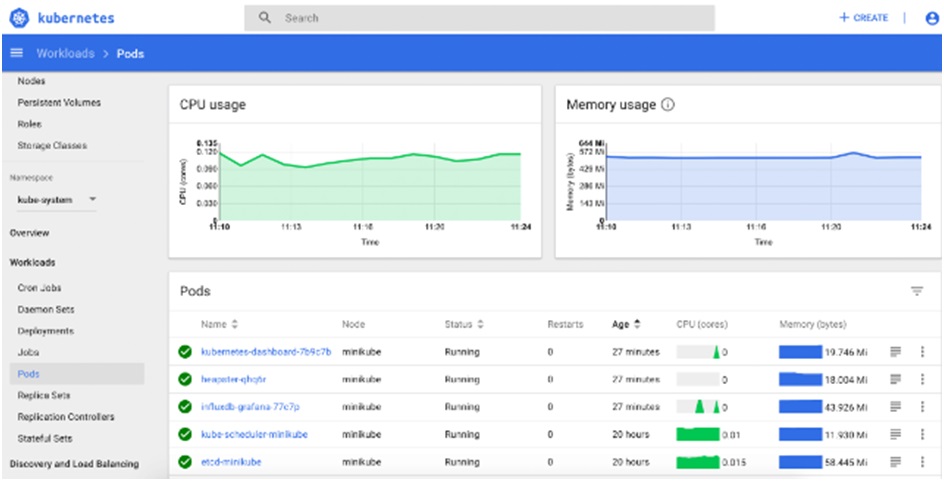
Interacting with your Kubernetes cluster may be done in a fashion that is both visually and intuitively presented via the Kubernetes Dashboard, which is a web-based user interface. Through the provision of a single view of your cluster's resources, which includes deployments, services, pods, and nodes, it makes it possible for you to monitor the status of these resources and easily carry out a variety of administrative activities. As a result of its ability to simplify simple activities such as scaling deployments, establishing or updating resources, and even initiating terminal sessions inside containers, the Dashboard is a very useful tool for Kubernetes users of all expertise levels.
2. Helm
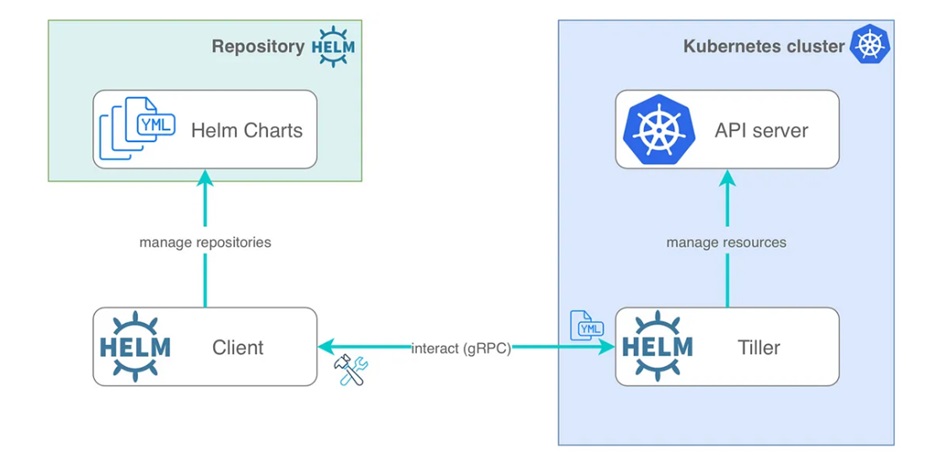
Helm, which is the de facto package manager for Kubernetes, simplifies the process of installing, upgrading, and managing apps that are contained inside your organization's cluster. The idea of "charts," which are packed bundles of Kubernetes resources (such as deployments, services, and settings) that can be easily deployed and managed as a single entity. Helm is an essential tool for managing complicated application stacks on Kubernetes since it not only makes application lifecycle management easier to manage but also encourages reusability and consistency across a variety of settings.
3. Kubectl
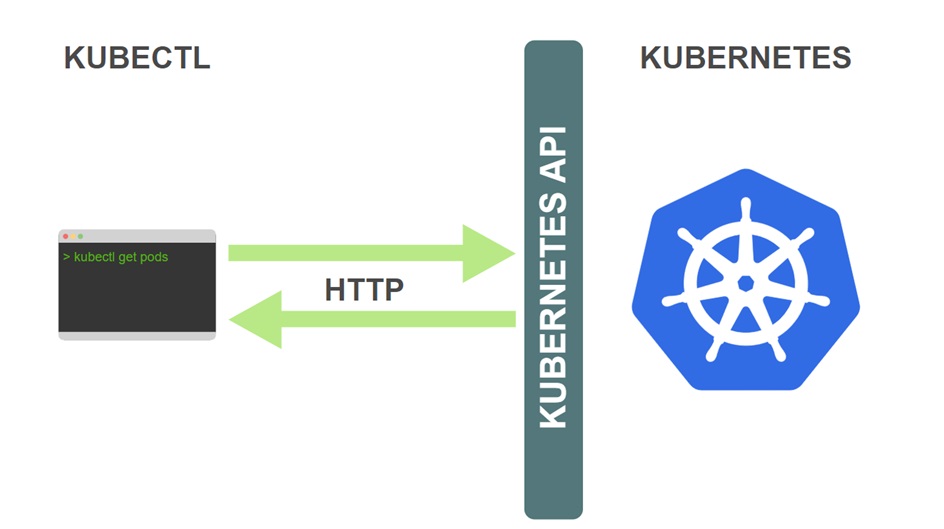
When it comes to interfacing with Kubernetes clusters, the official command-line interface (CLI) is called Kubectl, which is an abbreviation for Kubernetes Control. It is a strong and adaptable tool that enables you to execute a broad variety of tasks, including the creation and management of resources, the inspection of the status of the cluster, and the execution of commands inside containers. While the Kubernetes Dashboard gives a graphical interface that is simple to use, kubectl provides a more detailed and scriptable approach. As a result, it is an extremely useful tool for automating, scripting, and integrating Kubernetes into more comprehensive DevOps processes.
4. Kubeflow
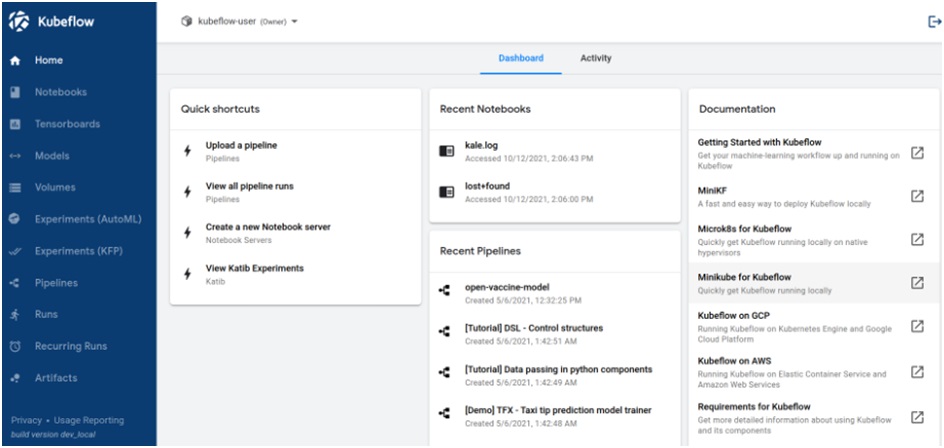
Kubeflow is an open-source machine learning (ML) toolkit that was created on top of Kubernetes. Its purpose is to ease the process of constructing, deploying, and maintaining ML workflows at scale. A complete collection of tools and frameworks that expedite several phases of the machine learning lifecycle is provided by it. These stages include data preparation and model training, as well as serving and monitoring. Through the utilization of Kubernetes' scalability and resource management capabilities, Kubeflow makes it possible to perform machine learning tasks in an effective and repeatable manner while simultaneously fostering mobility and cooperation across data science teams.
5. Prometheus
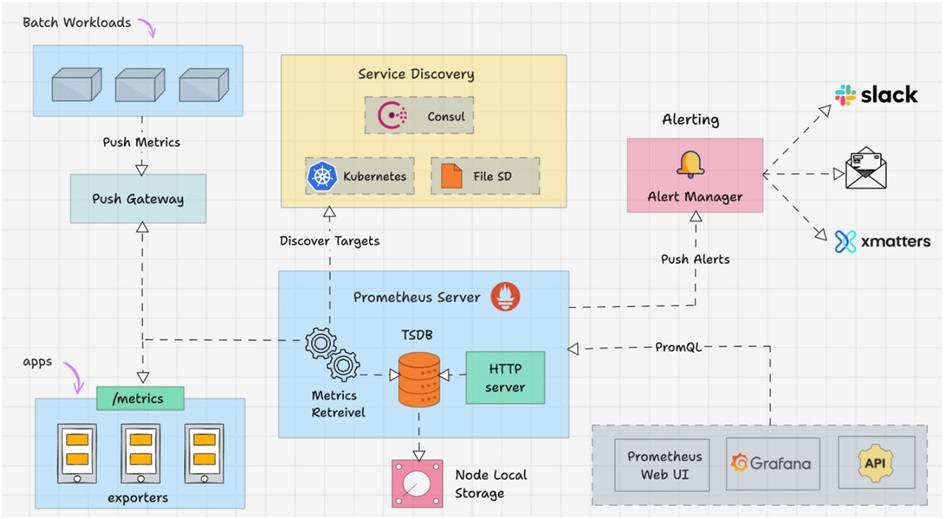
Prometheus is a sophisticated open-source monitoring and alerting solution that is an essential component of the Kubernetes ecosystem. It contributes to the ecosystem by gathering metrics and other pertinent data from Kubernetes resources, including pods, services, and nodes, and then giving you vital insights into the performance and health of your applications and infrastructure. Because of its extensive alerting features and broad querying language, Prometheus is a very useful tool for proactively discovering and resolving problems that may arise inside your Kubernetes cluster.
6. Grafana
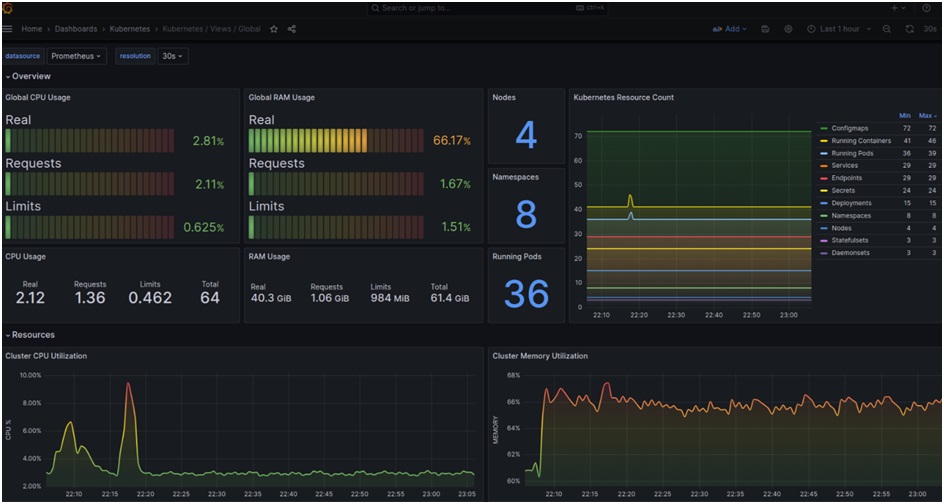
Grafana is a widely used open-source visualization tool that smoothly interacts with Prometheus to provide comprehensive and customizable dashboards for monitoring and analyzing your Kubernetes cluster. It enables the creation of visually captivating and informative dashboards by integrating diverse data sources, such as Prometheus metrics, logs, and even bespoke data sources. Grafana's alerting features and ability to handle annotations make it a great tool when used with Prometheus. This combination allows you to keep updated on the status of your Kubernetes setup and quickly address any possible problems.
7. Istio
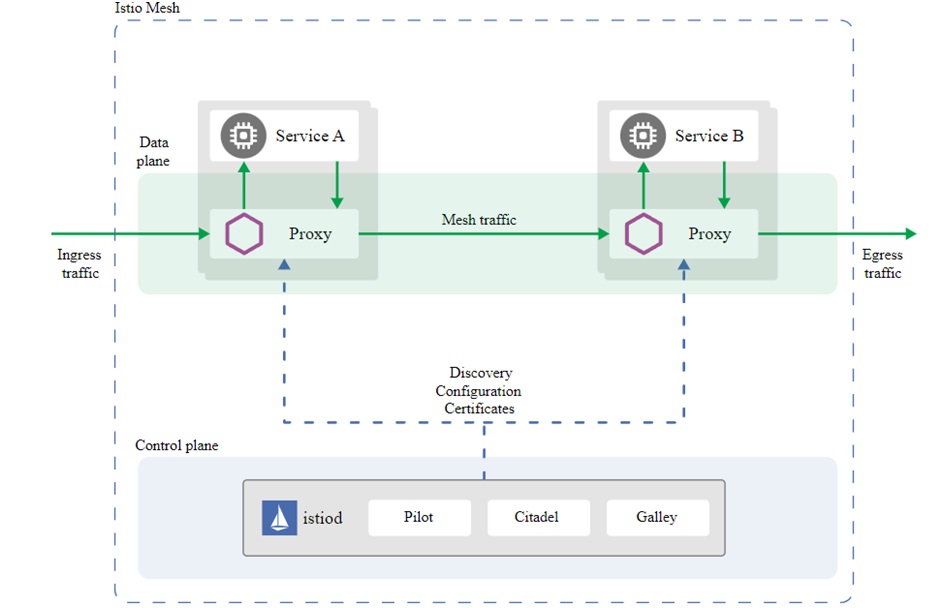
Istio is a widely utilized open-source service mesh that augments Kubernetes environments' networking capabilities. It provides a transparent layer of security, observability, and traffic management capabilities for Kubernetes cluster-deployed microservices. By streamlining operations such as load balancing, circuit breaking, traffic routing, and secure service-to-service communication, Istio empowers users to develop applications that are more resilient and robust. Furthermore, Istio offers sophisticated observability functionalities, such as distributed tracing and monitoring, which furnish significant insights into the operations and conduct of your microservices.
Let's look at some of the best practices to maximize the potential of Kubernetes:
-
Leverage Namespaces
Kubernetes namespaces offer a robust mechanism for the logical partitioning and arrangement of cluster resources. You can establish distinct virtual environments for various teams, projects, or applications through the use of namespaces, thereby facilitating improved resource allocation and security segregation. Namespaces provide the capability to partition operations, implement role-based access control (RBAC) policies, and restrict the extent to which potential errors or problems can spread, thereby averting their disruption to the entire cluster.
-
Implement Resource Requests and Limits
When using Kubernetes, one of the most important best practices is to specify resource demands and limitations for your many containers. Requests for resources provide the minimum amount of central processing unit (CPU) and memory that a container must have in order to operate effectively. At the same time, limitations determine the maximum amount of resources that a container may use. By correctly defining these parameters, you can guarantee that your apps have access to the resources they need, hence eliminating any possible hunger or loss in performance that may occur. A further benefit is that it prevents rogue containers from monopolizing cluster resources, hence protecting the consistency and availability of other workloads.
-
Utilize Version Control Systems
Managing your Kubernetes configuration files in a version control system (VCS) and treating them as code is a basic best practice that should be followed. A version control system (VCS) offers a centralized repository that allows for the tracking of changes, the facilitation of collaboration, and the facilitation of rollbacks in the event that they are required. In addition to this, it encourages openness and accountability, and it makes it possible to conduct code reviews, which guarantees that any modifications are properly examined before being implemented on your cluster. The stability and security of your Kubernetes system may be further improved by putting in place permission gates and regulated deployment procedures.
-
Optimize Container Image Sizes
Maintaining the reliability of your container images is advisable; doing so can result in substantial advantages such as accelerated build and deployment processes, decreased resource usage, and enhanced security. By removing redundant packages and dependencies and employing minimalistic base images such as Alpine, one can substantially diminish the area susceptible to attacks and potential security risks. In addition to requiring less storage space and network bandwidth, smaller images enhance the scalability and overall efficacy of your Kubernetes cluster.
We have reviewed various features that underscore why Kubernetes has become the industry's preeminent platform for container orchestration and administration. Kubernetes offers an array of functionalities that tackle the intricate obstacles associated with the scalable operation of contemporary, cloud-native applications. These functionalities range from intelligent scheduling and autoscaling to streamlined deployments, including automated rollouts and rollbacks.
Kubernetes' comprehensive security features, self-healing mechanisms, and storage orchestration capabilities further establish it as the solution of choice for organizations aiming to adopt containerization while guaranteeing high availability, resilience, and a secure environment.
With the increasing momentum behind the adoption of containerized architectures, Kubernetes establishes itself as an essential instrument for harnessing the complete capabilities of this paradigm shift. Kubernetes meets the evolving requirements of organizations, whether they are embarking on their first container journey or operating at enterprise scale, by providing the necessary flexibility, scalability, and operational efficiency.